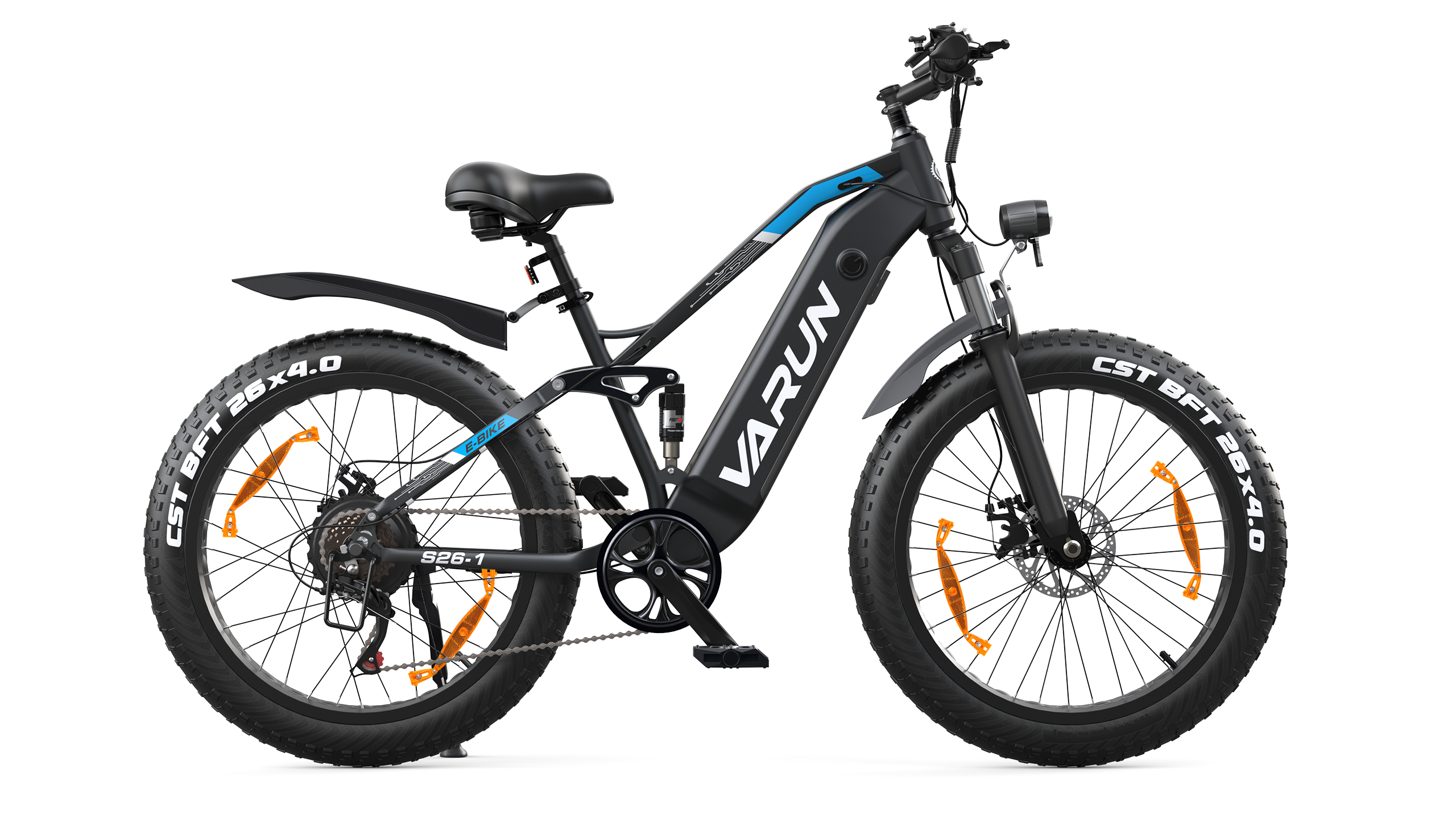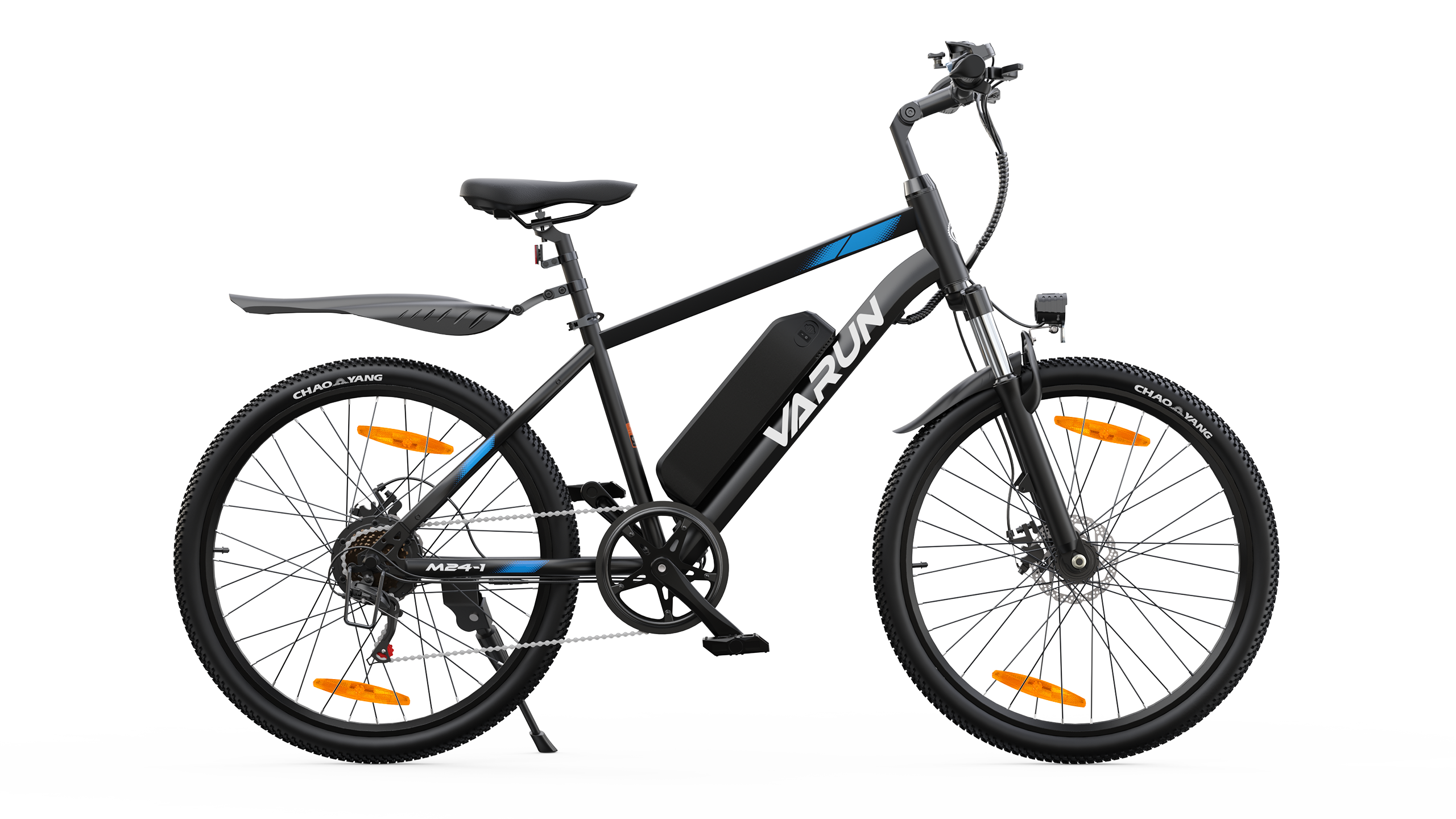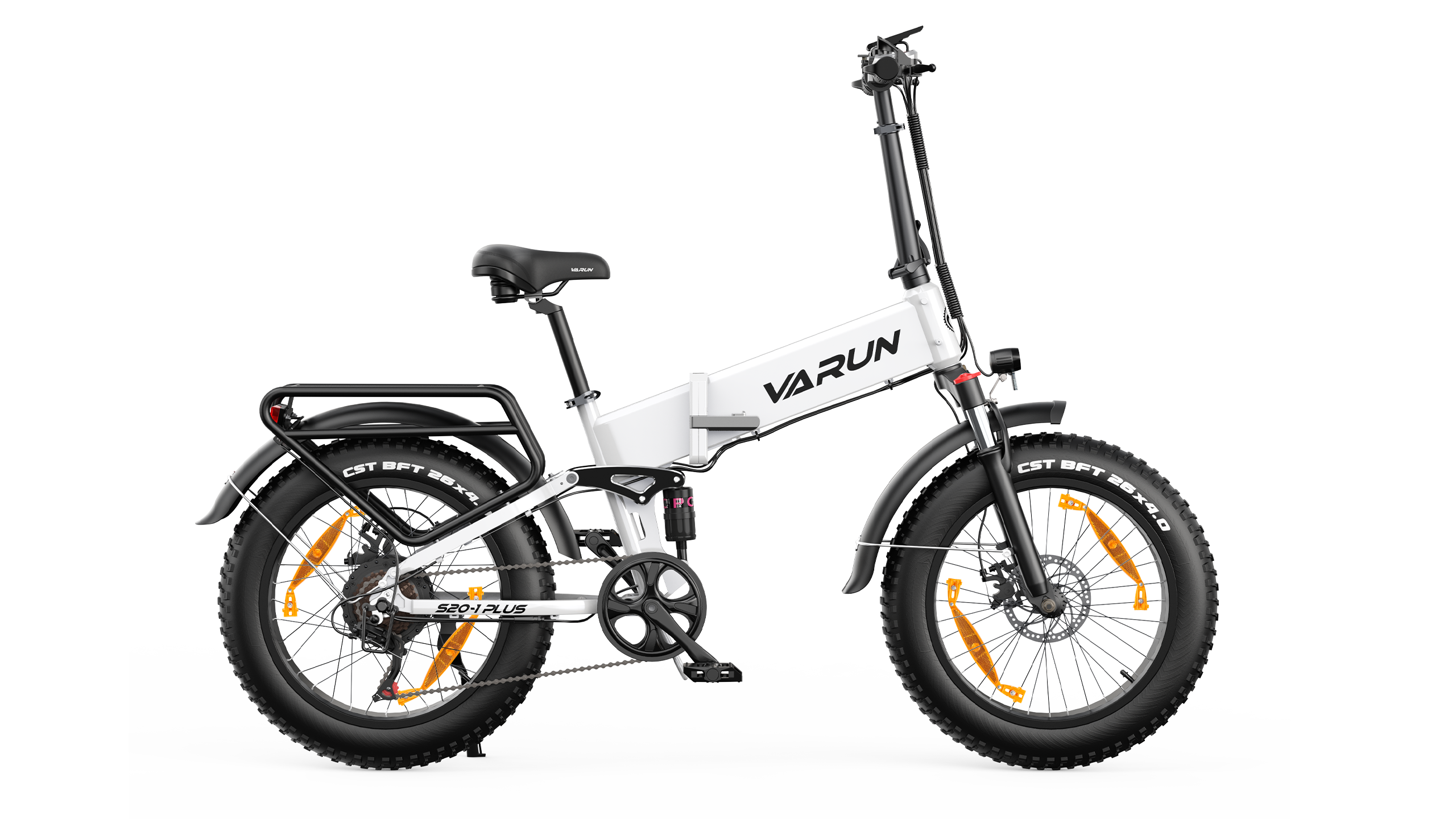Which is safer, lead-acid battery or lithium battery E-bike?

The question of which E-bike is safer, lead-acid battery or lithium battery, needs to be analyzed from multiple dimensions. The following is a detailed comparison of the safety of the two:
1. The safety of the battery itself
Lead-acid battery
Stability: The chemical substances inside the lead-acid battery are relatively stable and are not prone to extreme situations such as spontaneous combustion or explosion. Its electrolyte is a sulfuric acid solution, which is relatively safe under normal use and storage conditions.
Maintenance: Lead-acid batteries do not require complex maintenance procedures and have relatively low requirements for the charging and discharging environment.
Risk: However, if the lead-acid battery is often exposed to the sun for charging, the internal temperature of the battery is too high, and the influence of external factors may also cause the battery to catch fire. In addition, the service life of lead-acid batteries is relatively short, and improper operation may cause battery damage or reduce service life.
Lithium battery
Energy density: The energy density of lithium batteries is much higher than that of lead-acid batteries, which allows them to provide longer driving range at the same volume or weight.
Safety issues: However, since lithium is an active metal and the electrolyte is a flammable substance, the risk of safety accidents such as spontaneous combustion, fire and explosion of lithium batteries is relatively high. Especially under extreme conditions such as high temperature, overcharge, and short circuit, lithium batteries are more prone to safety accidents.
Maintenance: Lithium batteries require more stringent charge and discharge management to avoid problems such as overcharge, over-discharge, and short circuit.
2. Overall safety of E-bike
Vehicle design: The overall safety of E-bike depends not only on the type of battery, but also on many factors such as the design, manufacturing quality, and accessory quality of the vehicle.
Safety configuration: For example, the braking system, lighting system, and tire performance will affect the riding safety of E-bike.
3. Use and maintenance
Correct use: Whether it is a lead-acid battery or a lithium battery E-bike, it needs to be operated correctly according to the instruction manual to avoid improper behaviors such as overcharge, over-discharge, and high-temperature charging.
Regular maintenance: Regularly check the various performances of the battery and the vehicle to ensure that the vehicle is in good condition.
4. Conclusion
From the perspective of the safety of the battery itself, lead-acid batteries are relatively safe under normal use conditions because the chemical substances inside them are relatively stable and are not prone to extreme safety accidents. Although lithium batteries have high energy density and strong endurance, safety issues cannot be ignored. However, the overall safety of an E-bike is also affected by many factors, including vehicle design, manufacturing quality, accessory quality, and usage and maintenance methods.
Therefore, when choosing an E-bike, in addition to considering the battery type, you also need to consider the overall performance of the vehicle, safety configuration, and personal usage habits and needs. At the same time, during use, you must strictly abide by the requirements of the instruction manual to ensure riding safety.
This is our brand's website: https://www.varunebike.com/
1. The safety of the battery itself
Lead-acid battery
Stability: The chemical substances inside the lead-acid battery are relatively stable and are not prone to extreme situations such as spontaneous combustion or explosion. Its electrolyte is a sulfuric acid solution, which is relatively safe under normal use and storage conditions.
Maintenance: Lead-acid batteries do not require complex maintenance procedures and have relatively low requirements for the charging and discharging environment.
Risk: However, if the lead-acid battery is often exposed to the sun for charging, the internal temperature of the battery is too high, and the influence of external factors may also cause the battery to catch fire. In addition, the service life of lead-acid batteries is relatively short, and improper operation may cause battery damage or reduce service life.
Lithium battery
Energy density: The energy density of lithium batteries is much higher than that of lead-acid batteries, which allows them to provide longer driving range at the same volume or weight.
Safety issues: However, since lithium is an active metal and the electrolyte is a flammable substance, the risk of safety accidents such as spontaneous combustion, fire and explosion of lithium batteries is relatively high. Especially under extreme conditions such as high temperature, overcharge, and short circuit, lithium batteries are more prone to safety accidents.
Maintenance: Lithium batteries require more stringent charge and discharge management to avoid problems such as overcharge, over-discharge, and short circuit.
2. Overall safety of E-bike
Vehicle design: The overall safety of E-bike depends not only on the type of battery, but also on many factors such as the design, manufacturing quality, and accessory quality of the vehicle.
Safety configuration: For example, the braking system, lighting system, and tire performance will affect the riding safety of E-bike.
3. Use and maintenance
Correct use: Whether it is a lead-acid battery or a lithium battery E-bike, it needs to be operated correctly according to the instruction manual to avoid improper behaviors such as overcharge, over-discharge, and high-temperature charging.
Regular maintenance: Regularly check the various performances of the battery and the vehicle to ensure that the vehicle is in good condition.
4. Conclusion
From the perspective of the safety of the battery itself, lead-acid batteries are relatively safe under normal use conditions because the chemical substances inside them are relatively stable and are not prone to extreme safety accidents. Although lithium batteries have high energy density and strong endurance, safety issues cannot be ignored. However, the overall safety of an E-bike is also affected by many factors, including vehicle design, manufacturing quality, accessory quality, and usage and maintenance methods.
Therefore, when choosing an E-bike, in addition to considering the battery type, you also need to consider the overall performance of the vehicle, safety configuration, and personal usage habits and needs. At the same time, during use, you must strictly abide by the requirements of the instruction manual to ensure riding safety.
This is our brand's website: https://www.varunebike.com/



























Leave a comment